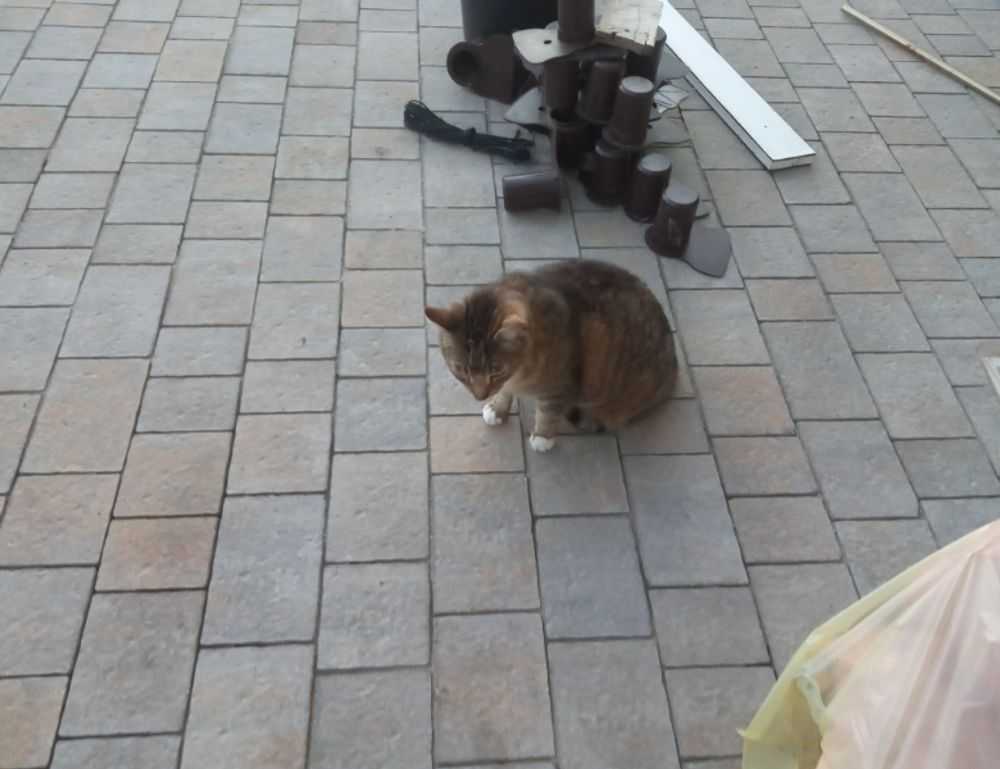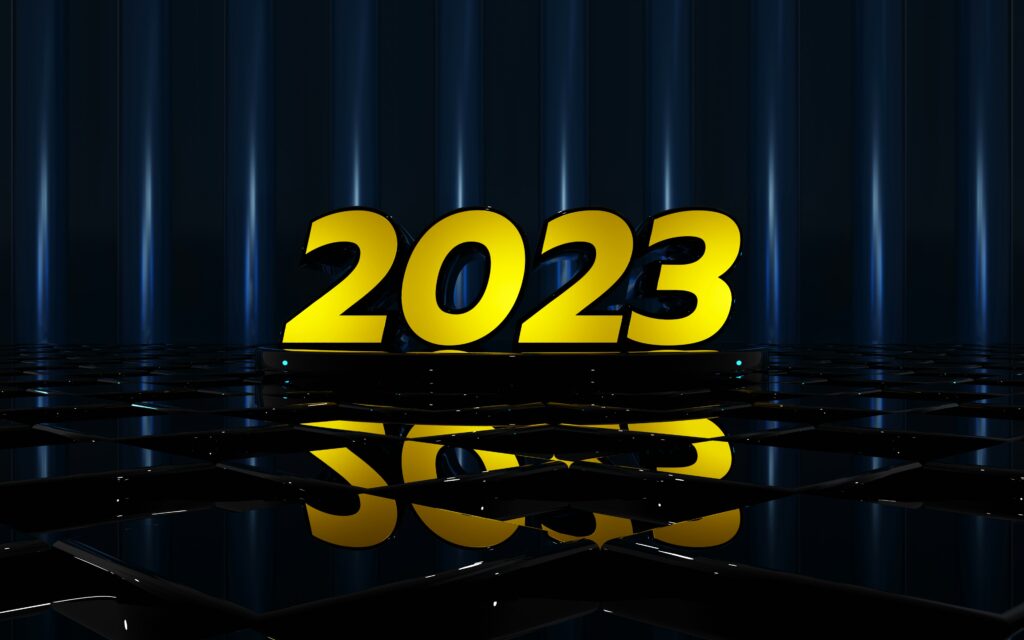What Is Chapanzie?
Here’s where it gets tricky: chapanzie doesn’t have a cleancut definition. It’s a fluid term. Depending on the context, it could refer to a persona, a joke format, a commentary style, or even a way of viewing digital culture with irony and hyperawareness.
Roots? Unknown. Intent? Often comically philosophical. It’s been described as a “metastate,” a meme character, and even a lifestyle—though no one seems to agree on what that lifestyle actually involves.
It’s the kind of thing someone casually references in a Discord chat, expecting everyone to get it, and somehow they do. Or at least pretend to.
The Anatomy of a Digital Phantom
Chapanzie, whatever it is, thrives in online grunge culture—the digital gutter where most viral phenomena begin. We’re talking lofi image dumps, chaotic visual edits, and oneliners that either hit hard with truth or spin off into complete nonsense.
There’s an antipolish to it. These aren’t curated Instagram posts or glossy YouTube intros. Chapanzie is raw, tossed together, and aggressive in its refusal to be taken seriously. Yet, it sticks.
It’s often tied to surreal humor. Think distorted faces, purposefully bad design, layers of nihilistic jokes with overprocessed JPEG compression. There’s no formal guidebook for it, but the chaos is deliberate.
Why It Resonates
Chapanzie culture aligns well with a generation burnt out by hyperalgorithmic content. Scroll through TikTok, and it’s clear that Gen Z and younger millennials love absurd content with no clear purpose. The joke is often that there’s no joke. That exhaustion with polished, markettested media opens the door for something like chapanzie to thrive.
It’s also about control. When you’re living in a timeline where absurdity is the norm—climate chaos, economic whiplash, cultural confusion—leaning into something lawless isn’t just humorous, it’s grounding.
Basically, chapanzie says: yeah, this world makes zero sense, so why should I?
RealWorld Echoes
Though it’s digitalfirst, there are signs it’s leaking into the real world. Independent artists are dropping chapanziestyle zines. There’s merchandise—grainy Tshirts, typewriterfont posters, and polyester hats with “CHAP” written in clunky embroidery.
Galleries known for avantgarde work are beginning to feature exhibits under the banner of “postweb absurdism,” which isn’t officially linked to chapanzie but clearly taps into its energy. The aesthetic isn’t far off: analog tech, blownout memes, printed screenshots of group chats, and performance art that feels like watching someone scroll their feed on three tabs at once.
Is It Coherent? Not Exactly—and That’s the Point
Trying to assign chapanzie a single meaning defeats its purpose. It’s an injoke among injokes. It’s performative randomness. It’s a creative experiment born from maximalist internet culture, and it makes no apologies.
Think of it as a signal among digital noise. Only a few catch it, but those who do instantly understand each other. It uses confusion as a language. If you’re asking, “but what is it really?”—you’re already engaging with the idea.
It’s like calling something “chapanzie” instantly makes it understandable in a way that logic can’t explain. You’ve probably seen something that fits. A meme with no punchline. A Tweet thread that veers into nonsense. A photo of a toaster with a manifesto in comic sans.
That’s the energy.
The Inevitable Decline?
Like all digital phenomena, chapanzie could have a short shelflife. Once it’s recognized by the mainstream, it may lose the very edge that makes it what it is. Ironic popularity has a way of killing these things. Memes get coopted, commercialized, and filtered through layers of monetization until they become stock images.
But for now, chapanzie is both everywhere and nowhere. It doesn’t want your recognition—it wants your confusion, and maybe your screenshot.
Or maybe we’re all wrong, and it was never anything to begin with. That’s kind of the beauty of it.


